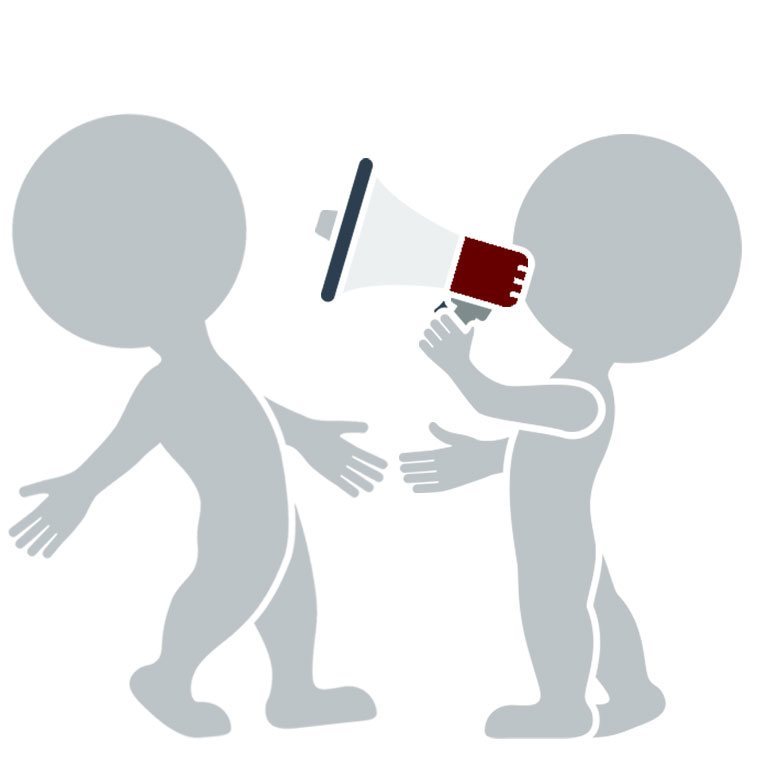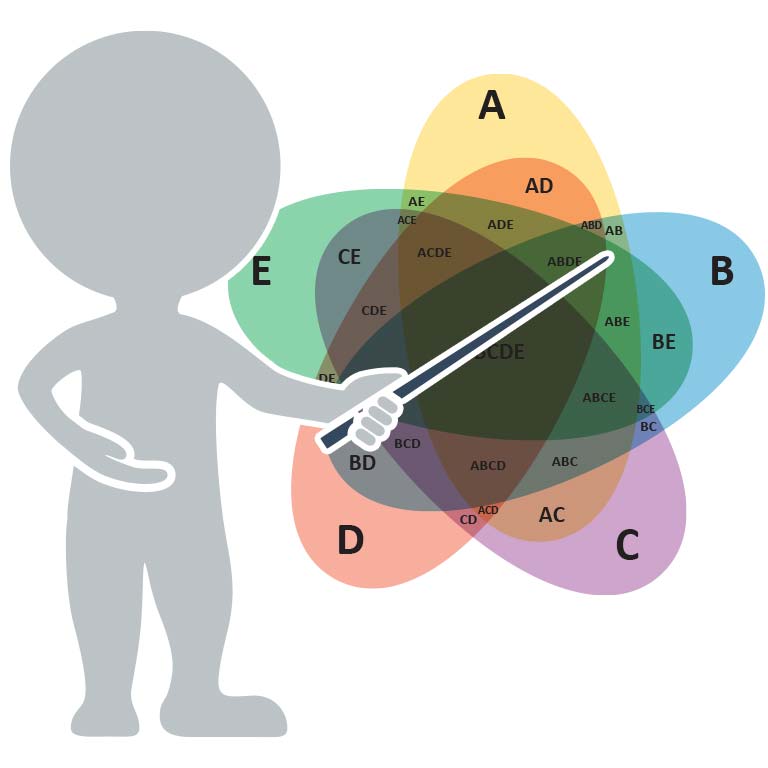There’s a fascinating article by Chris Bruce in the 12/14/2014 edition of TechCrunch.com that examines the potential impact of wearable technology (i.e. wearables) in the workplace. The article focuses on how wearables can begin to impact various elements of the workday such as troubling issues surrounding privacy concerns and employee tracking to more positive aspects such as improved access to data and smoother communication. Regardless of individual views, it seems all but inevitable that wearables are going to begin shaping the workplace environment; and for orchestras, that presents a number of unique considerations. Let’s take a look at a few.
Health Care Expenses
Although it might seem baffling that a field plagued with an unusually high number of repetitive stress related injuries, especially among musician employees, has been slow to adopt health incentives that are increasingly common in the for profit field, wearables provide a way to begin helping musician employees marginalize the impact of repetitive stress related injuries.
This can take the form of something simple such as monitoring the amount of extended periods of time of limited activity or something far more complex such as dedicated clothing designed to detect and measure potentially harmful habits.
For traditional office environments, there is a plethora of material available about how wearables are already being used to create a healthier workplace but for musician employees that spend a majority of time in personal work environments practicing, you won’t find a single piece of data.
Consequently, this could provide a very unique edge for an orchestra looking to score a large sustainability grant; it’s loaded with all sorts of grant application jargon goodies: regulating one of the least manageable legacy expenses, using technology in new and creative mediums plus improving artistic stakehodlership all while simultaneously demonstrating (yet again) that Baumol’s Cost Disease isn’t as fat of a gorilla as some would have you believe.

Reducing The Negative Impact Of Attrition
In Human Resource circles, there’s a great piece of jargon known as onboarding, which the American Psychological Association defines as “the mechanism through which new employees acquire the necessary knowledge, skills, and behaviors to become effective organizational members and insiders.”
Anyone who has been in this field for any length of time knows firsthand how debilitating attrition can be do a department or even an entire office and the potential here for wearables is relatively straightforward. In fact, Bruce’s TechCrunch article does a good job covering the office dweller angles and if you’ve been asking yourself how wearables would do any better than a Smartphone or tablet, then you are on the track. After all, even the best wearables don’t offer as much capacity as either of those mobile devices.
But in the end, it all comes down to providing information via a device that makes it as easy as possible to turn data into a meaningful action. From this perspective, wearables (in particular, Smartwatches) are poised to repeat history by simply being easier to access than a non-wearable device. After all, there’s a good reason why wristwatches replaced pocket watches.
How Could Wearables Improve Your Workplace?
Undoubtedly, there are a number of potential downsides, not the least being privacy and security. Those issues should always be addressed before implementing wearables into any work environment but let’s take a moment to focus on the positives and acknowledged that potential points of integration vary from one orchestral workplace to the next.
Budget size, serving as primary venue owner and/or operator, season length, full time or per service musician structure, etc. all have a profound impact on need.
Consequently, I’m very curious to hear from both administrative employees and musicians from as wide of cross section as possible about how you think wearables could have a positive impact on your work environment. What type of wearables are you thinking about and how could they be used?



Most obviously, Google Glasses will have a huge impact on musicians. Think about it, cost aside, no more music stands and no more copying of sheet music! The music stanzas will appear right in front of the musicians eyes and could be programmed to show in the bottom of the glasses so the musician will have full view of the conductor.